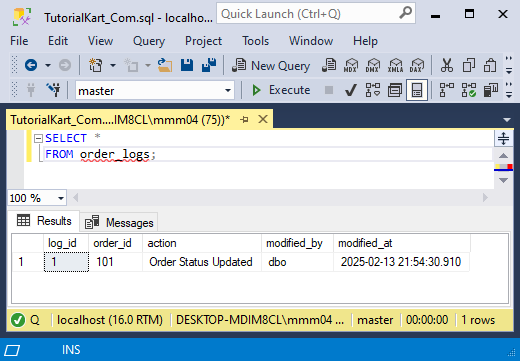SQL SESSION_USER()
The SQL SESSION_USER function returns the name of the currently connected database user. It is useful for tracking session-specific information, managing access controls, and auditing database activities.
In this tutorial, we will explore the SESSION_USER function in SQL, its syntax, and practical examples demonstrating its usage.
Syntax of SQL SESSION_USER
The basic syntax of the SESSION_USER function is as follows:
SELECT SESSION_USER;This function does not take any arguments and simply returns the name of the database user for the current session.
Use Cases of SESSION_USER
- To determine the user executing the query.
- To audit user activities and track database access.
- To control access and apply session-based authentication rules.
Step-by-Step Examples Using SQL SESSION_USER
1 Retrieving the Current Session User
To check the user currently connected to the database:
SELECT SESSION_USER AS current_user;Example Output:
| current_user |
|---|
| admin_user |
Explanation:
- The query retrieves the username of the database session.
- If user
Arjunis logged in, the output would beArjun.
2 Logging User Activity with SESSION_USER
Consider a scenario where we track changes made by users in a table named orders.
In SQL Server,
CREATE TABLE order_logs (
log_id INT PRIMARY KEY IDENTITY(1,1),
order_id INT,
action VARCHAR(50),
modified_by VARCHAR(50),
modified_at DATETIME DEFAULT CURRENT_TIMESTAMP
);Whenever a user updates an order, we log their session user:
INSERT INTO order_logs (order_id, action, modified_by)
VALUES (101, 'Order Status Updated', SESSION_USER);SELECT *
FROM order_logs;Example Output:

Explanation:
- The
order_logstable records changes made to orders. - The
SESSION_USERfunction captures the user modifying the order (e.g.,Ram). - The timestamp logs when the action took place.
Conclusion
The SESSION_USER function in SQL is used for session tracking, auditing, and security management. In this tutorial, we covered:
- How to retrieve the current session user.
- Logging user activity using
SESSION_USER. - Practical applications in database management.
